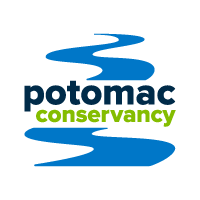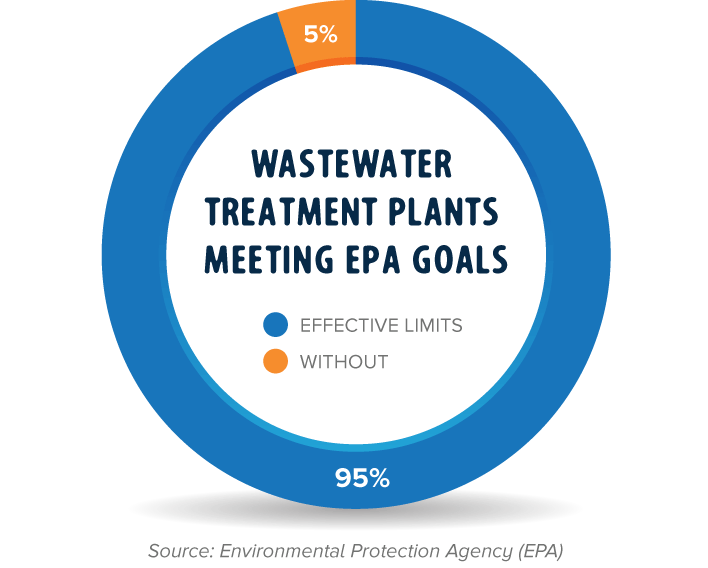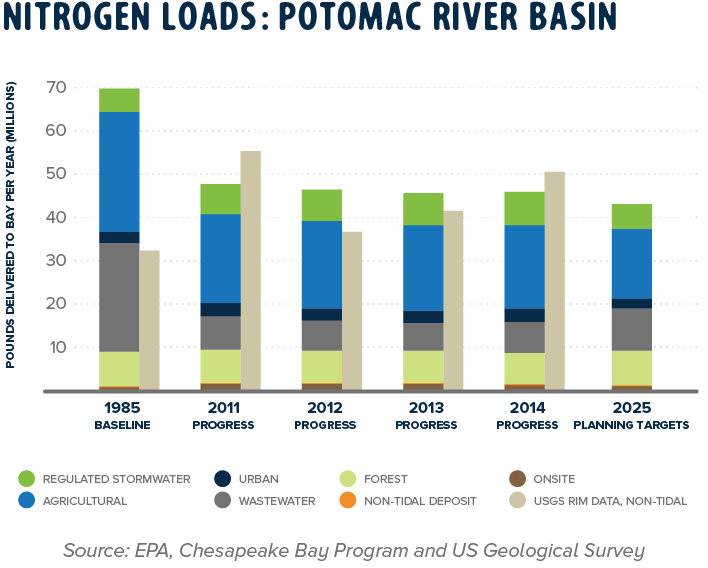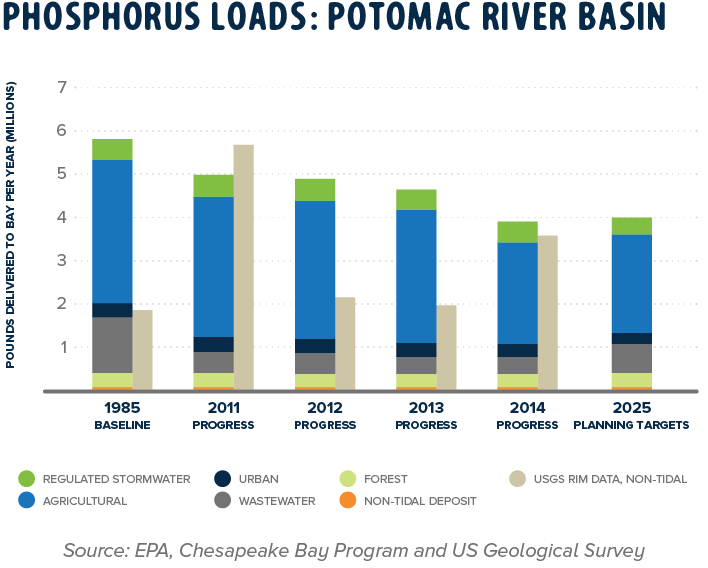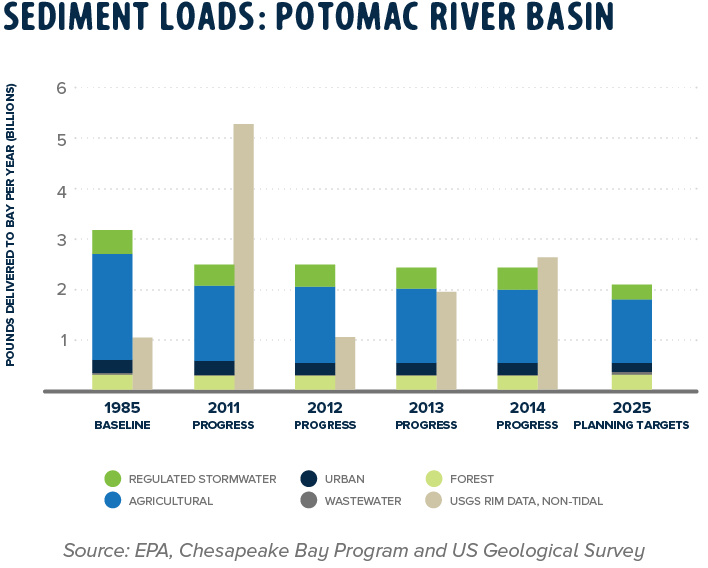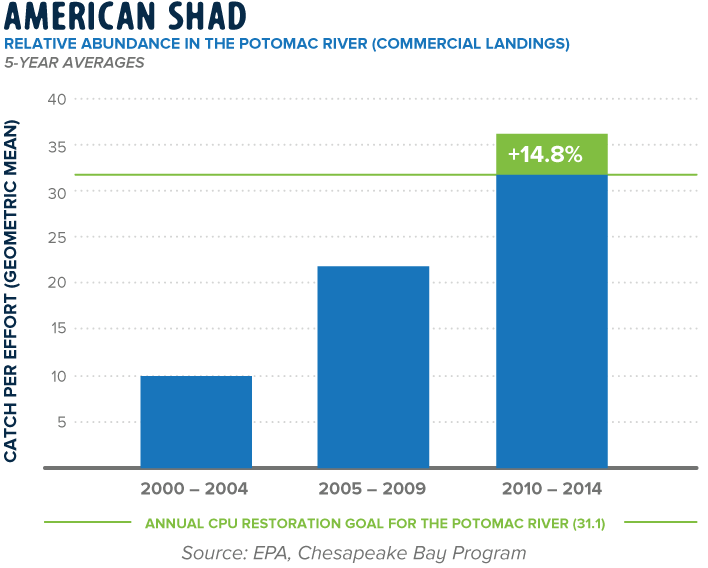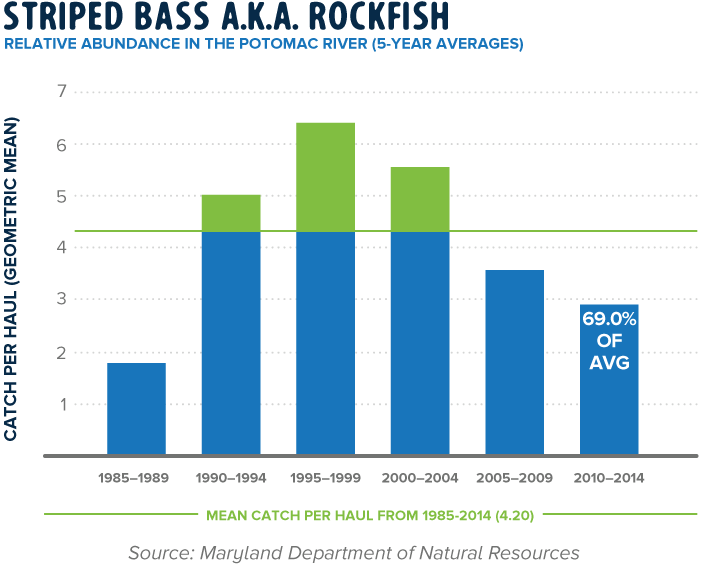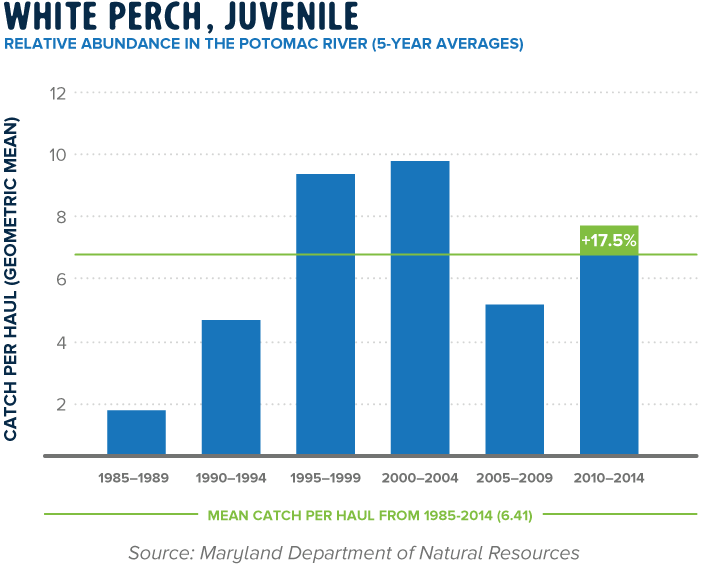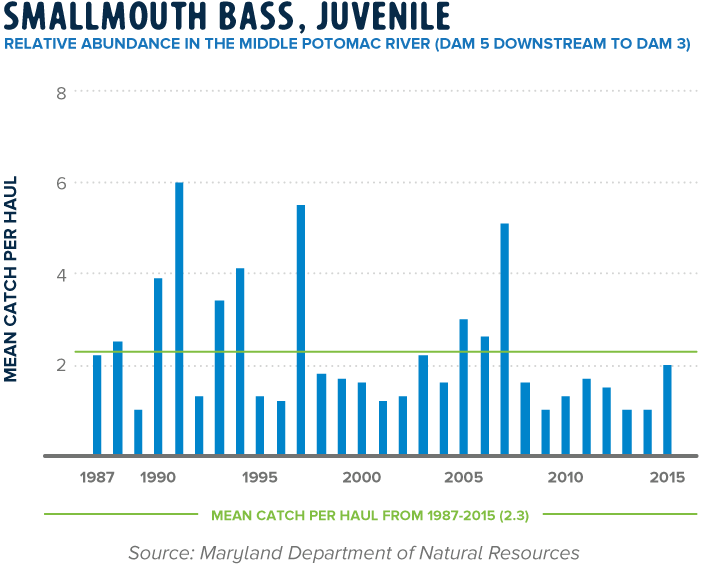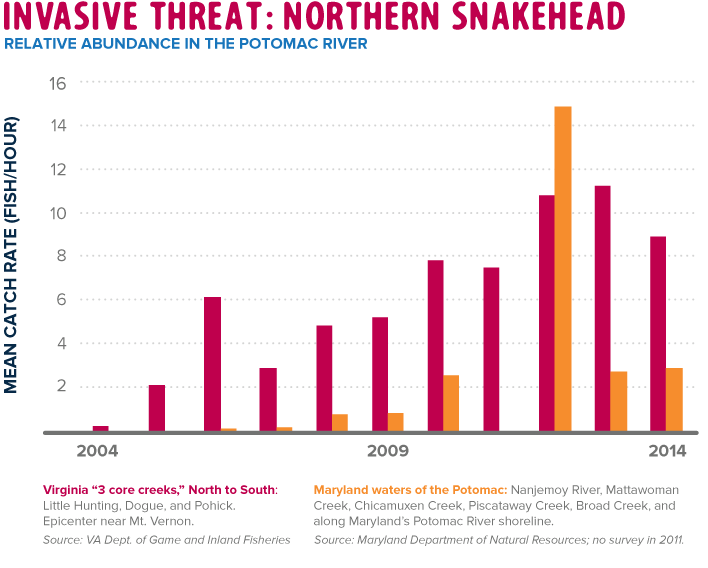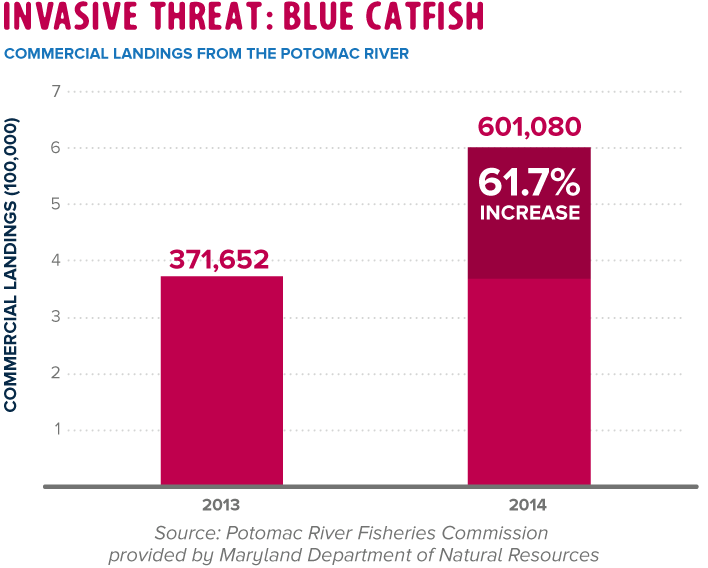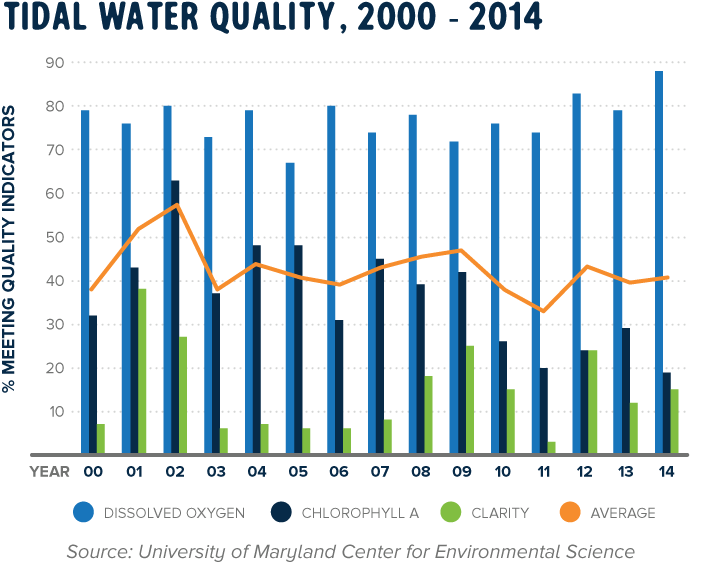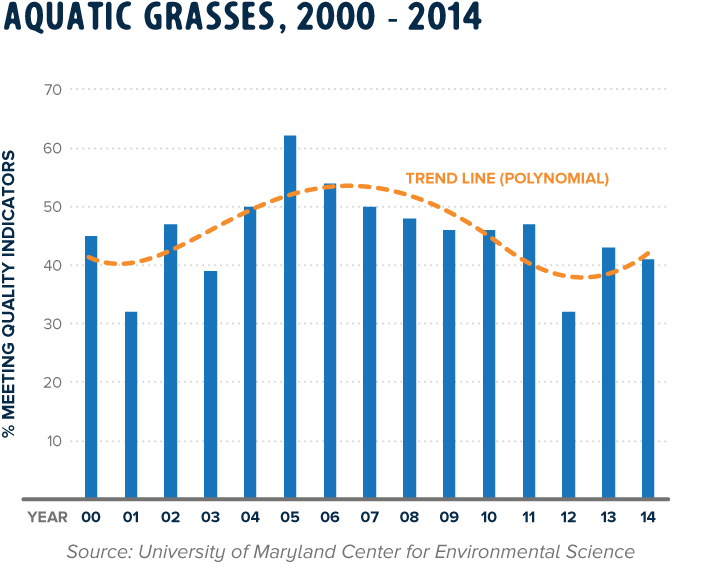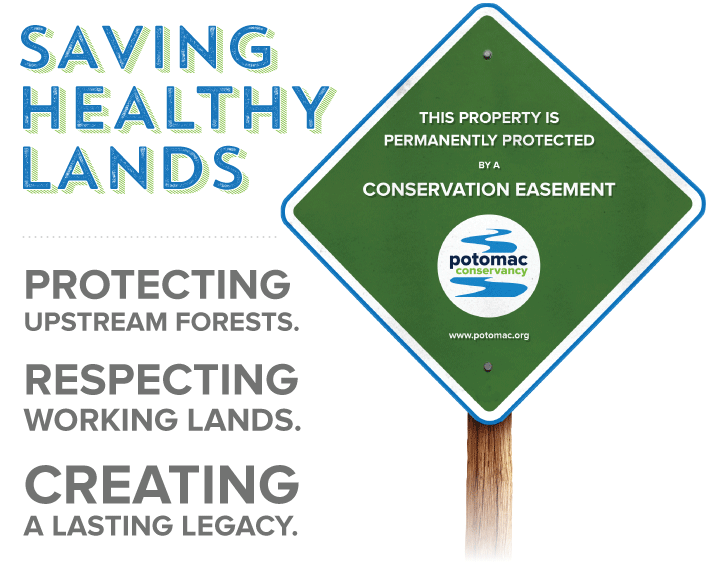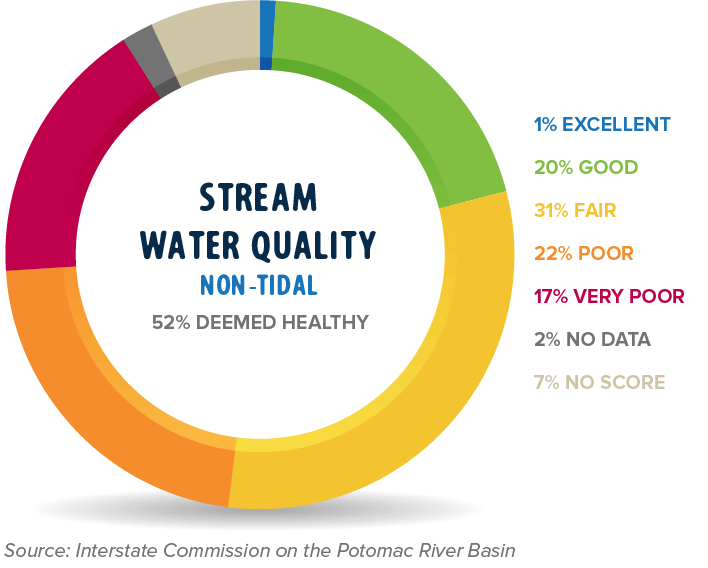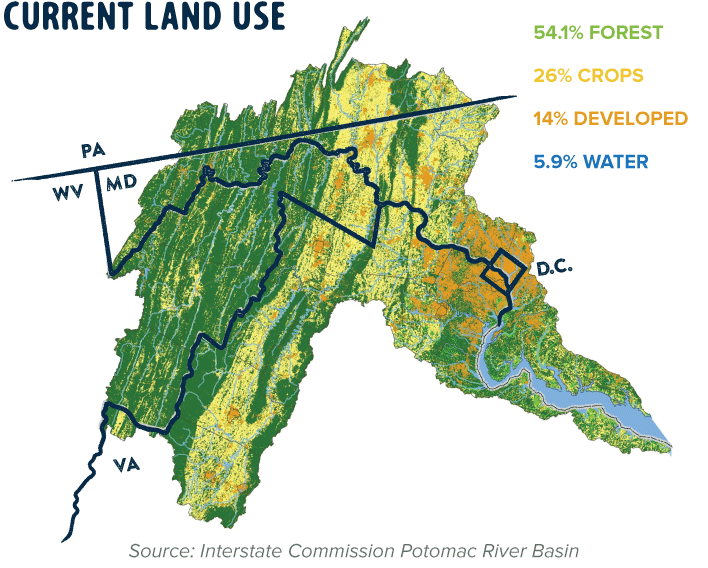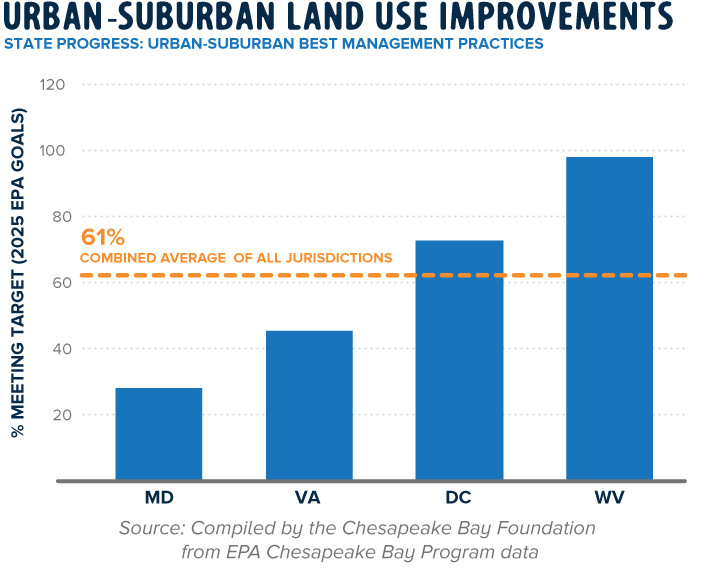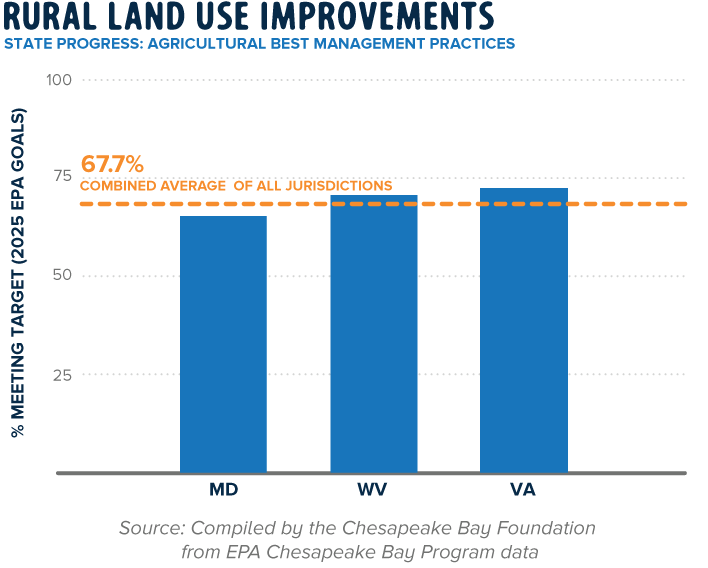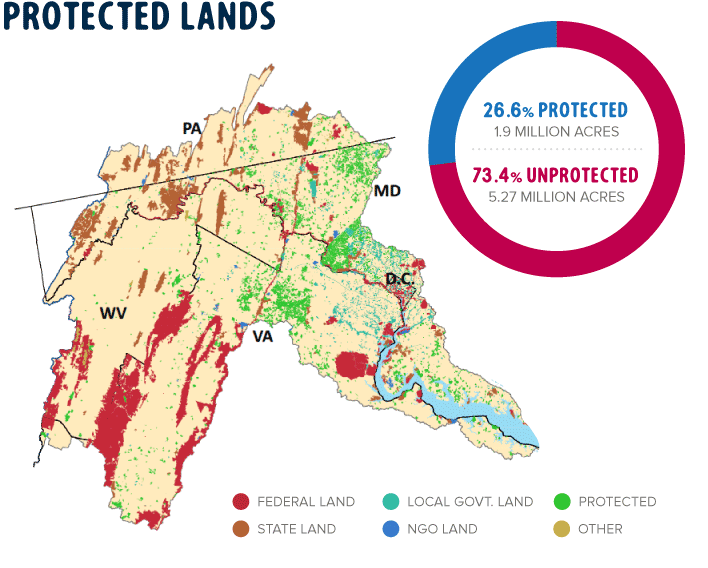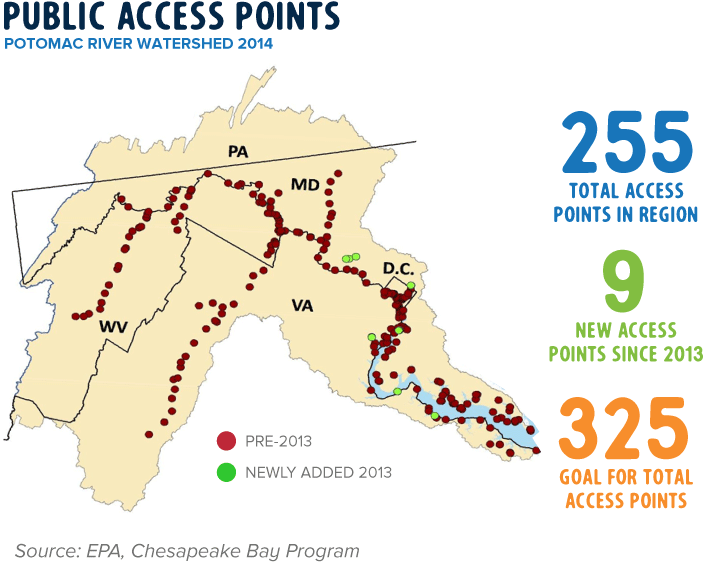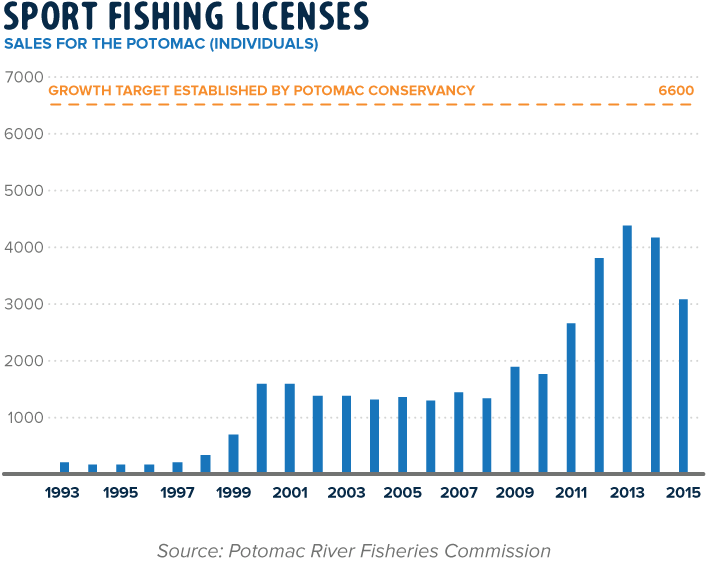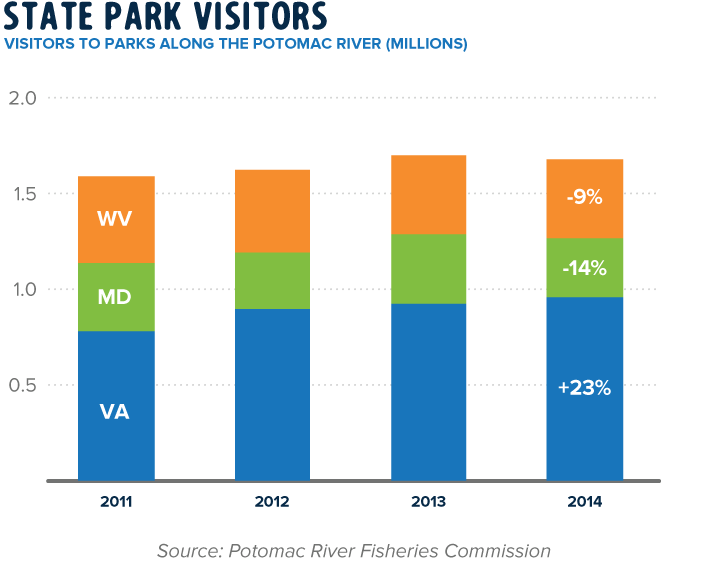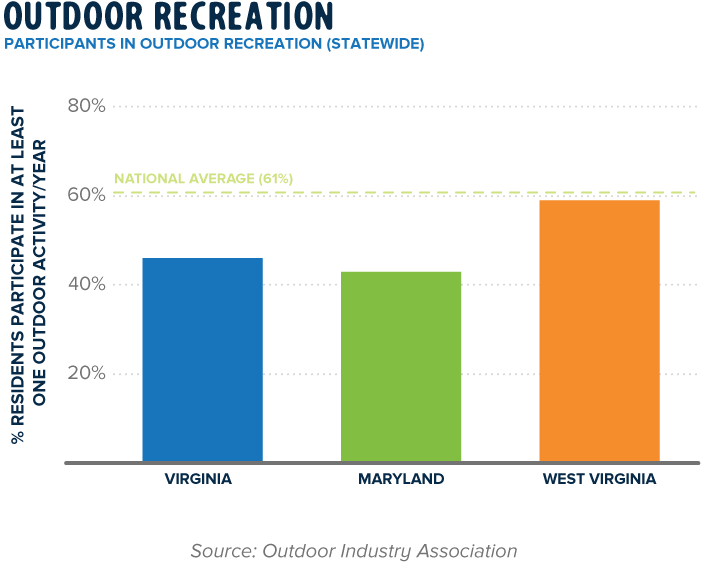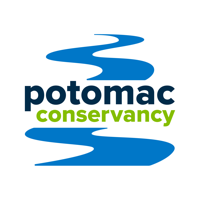Empowering a local movement for clean water
Potomac Conservancy is the region’s leading clean water advocate, fighting to ensure the Potomac River is home to clean drinking water, healthy lands, and vibrant communities.
Founded in 1993, we drive the region’s clean water movement by providing the tools that empower local river champions to lead the charge for clean drinking water, healthy lands, and safe access to the river. We combine the grassroots power of 17,000 members and online activists with local land conservation and policy initiatives to strengthen the Voice of the Nation’s River. Potomac Conservancy is the only independent nonprofit that focuses exclusively on the Potomac River.
About the report
Potomac Conservancy’s State of the Nation’s River report presents and assesses data on five significant river health indicators: pollution, fish, habitat, land, and people. Using an established baseline and set of benchmarks, the Conservancy measures restoration progress and assigns the Potomac River a grade. The overall grade has been weighted to account for non-quantifiable, inaccessible, or outdated data on water quality threats. The threats include, but are not limited to harmful algal blooms, warming waters, endocrine disrupting compounds, PCBs, and aquatic diseases.
With the media?
For media inquiries contact Patricia Brooks at 202-351-1757. Find quotes, images, and more at potomac.org/river-report-press. Questions? Call us at 301-608-1188 x202 or email reportcard@potomac.org.
Credits
Melissa Diemand: Publication Editor; research and writing
Alicia Crawford: Writing and editing
Corey Tiani, pointpixl llc.: Design and layout
Chris Lowden: Web Development
Jackie Zubrzycki: Research and writing
We thank Dick and Nancy Raines and our members for their generous philanthropic support that made this report possible.
Special thanks to
Chesapeake Bay Foundation, Environmental Protection Agency Chesapeake Bay Program, Interstate Commission on the Potomac River Basin, James River Association, Maryland Department of Natural Resources, Maryland Park Service, National Park Service —National Capital Region, National Oceanic and Atmospheric Administration - Chesapeake Bay, Outdoor Industry Association, Potomac River Fisheries Commission, University of Maryland Center for Environmental Science, US Forest Service, US Geological Survey, Virginia Department of Conservation and Recreation, Virginia Department of Game and Inland Fisheries, and West Virginia Parks.




